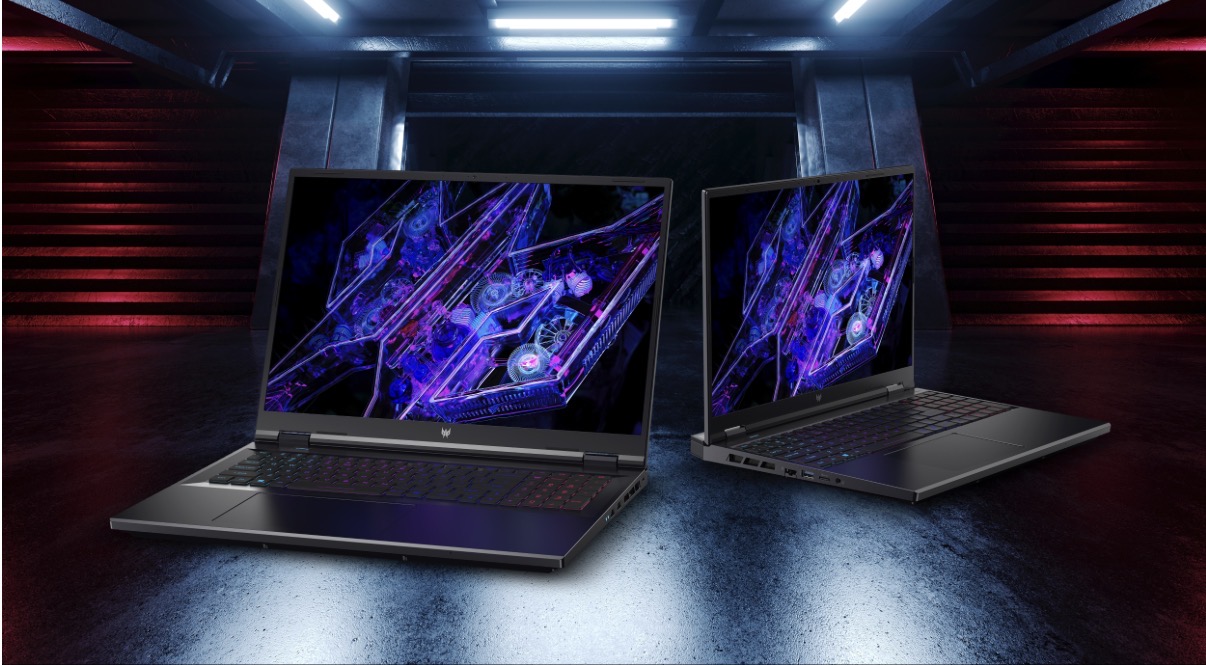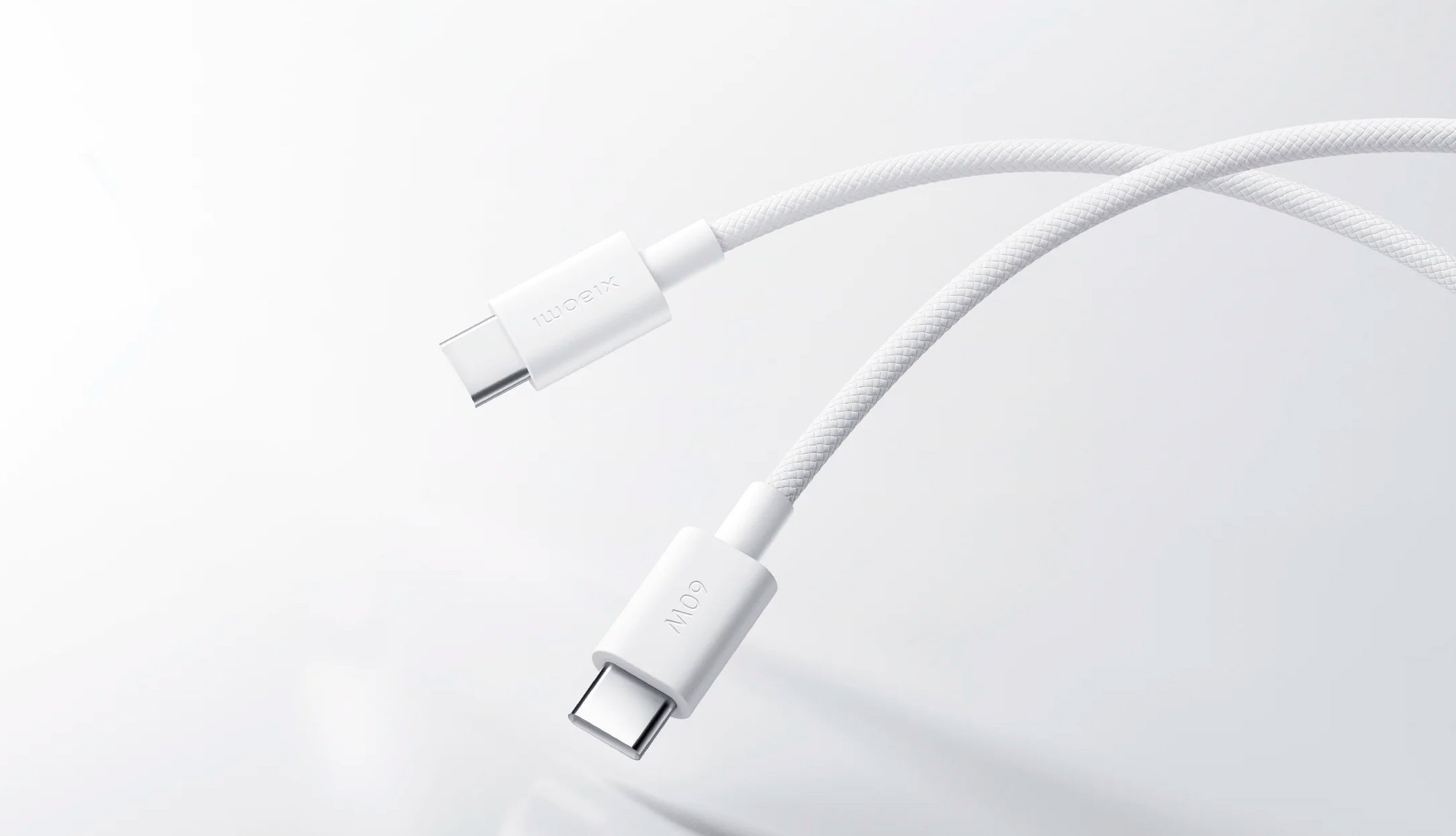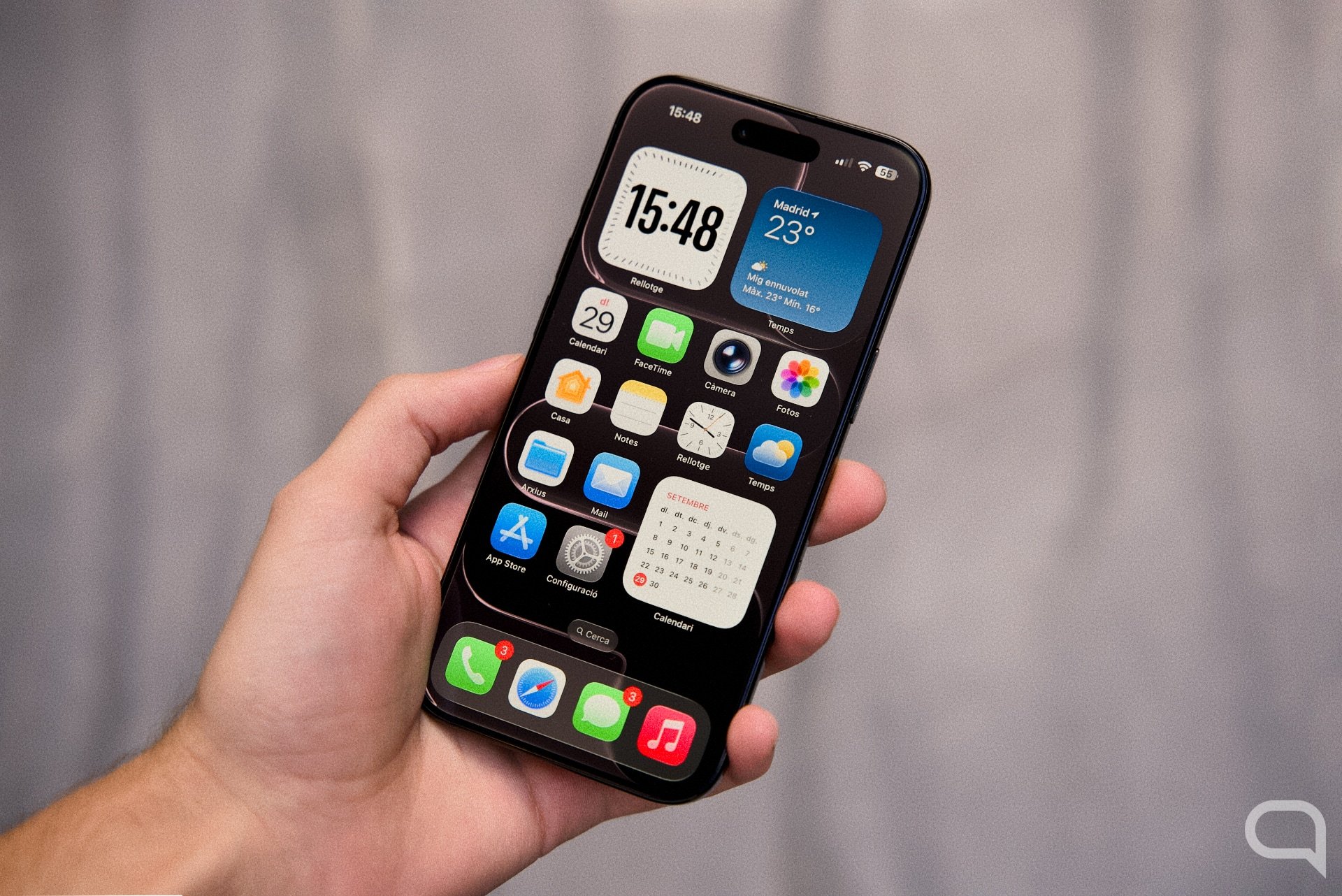When WWDC 2023 was defined as a historic event, it was no exaggeration. The Cupertino-based company was expected to unveil the long-awaited augmented reality glasses that have been talked about for ages at the event. And finally, it was. His official name VisionProrun the visionOS operating system and, as happened many years ago with the iPhone or Apple Watch, its launch marks the beginning of a new and exciting era for the American company.
The fact that Apple has announced augmented reality glasses should come as no surprise. Tim Cook, CEO, has been talking publicly about the benefits of this technology for years. However, Apple’s approach to Vision Pro is in many ways far from what we’ve seen so far from other companies.
First, Apple talks about augmented reality all the time. In other words, he wants us to be able to switch between a fully virtual (VR) or hybrid (AR) experience. Other companies, on the other hand, have focused mostly on the former, as is the case with Meta and its metaverse.
Secondly, Apple has created a very high performance device with very advanced technology. The Vision Pro comes with very high-resolution screens, high-end Mac processors, and an extremely tidy outer casing. In other words: these are the augmented reality glasses we can expect from Apple.
However, the icing on the cake is the software. This is where Apple really wants to make a difference from what we currently find in the market. Not only because of its quality, but also because of the use cases that the company has developed so that users can really enjoy the benefits of Reality Pro.

How is Apple Vision Pro used?
Apple Vision Pro is based on three interaction methods. On the one hand, they monitor the movement of the eyes in real time. On the other hand, they detect hand gestures. And finally, all this is complemented, of course, by voice interaction (Siri).
With these interaction methods, you can write (using virtual keyboards), interact with various interfaces, etc. However, Apple also allows you to use external devices such as a keyboard, trackpad, for example.

Apple Vision Pro Hardware
The chassis of the Apple Vision Pro inevitably resembles many of the brand’s other products. Fabrics reminiscent of those found in AirPods Max; digital crown, like on Apple Watch; aluminum construction with carefully curved glass, etc.
The straps that secure the glasses to the skull are easily interchangeable, just like Apple did with the Apple Watch straps. The battery, on the other hand, resides in a separate module that is kept in your pocket while the glasses are in use, lasts approximately two hours, and connects to them via a braided cable. The idea is that in this way the weight of the battery is not on the head.
In terms of screens, Apple bundled two micro OLED panels with over 23 million pixels together. They are also capable of playing HDR content with a wide color space.






Above these screens are special 3D glasses that Apple says are very clear in all directions. The brand has also worked with Zeiss to develop additional lenses that attach magnetically inside the device and allow eyeglass or contact lens wearers to use the product in a convenient way.
In terms of processing, Apple has installed two chips in the Vision Pro: the M2 (the same one used in the Mac) and a new chip called R1. The latter is responsible for handling all tasks related to augmented reality: sensors, space analysis, etc. Meanwhile, M2 takes care of running system applications.

And speaking of apps, all those designed for the iPad are immediately compatible with the Apple Vision Pro, so the catalog available at its launch is undoubtedly extensive. However, the brand expects developers to go further by creating dedicated apps for this device that take full advantage of both the device and the new interaction methods.
One interesting feature is that the Apple Vision Pro can be used as an external monitor for any Mac, and the pairing process is extremely simple: just open your Mac, look at it, and you’re done.
Development. Update this post to read the latest version.
Source: Hiper Textual
I’m Ben Stock, a highly experienced and passionate journalist with a career in the news industry spanning more than 10 years. I specialize in writing content for websites, including researching and interviewing sources to produce engaging articles. My current role is as an author at Gadget Onus, where I mainly cover the mobile section.













